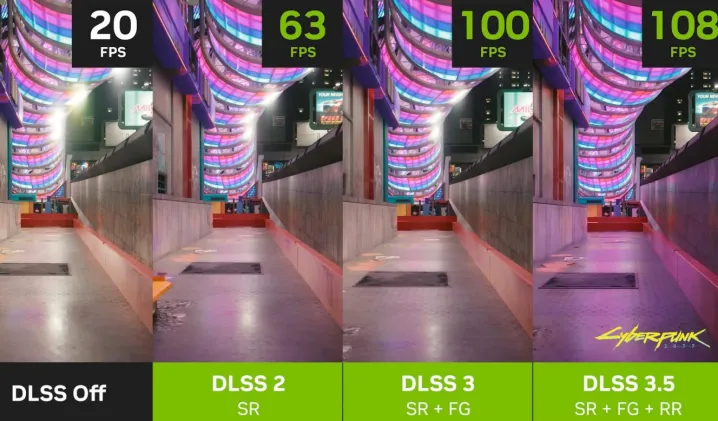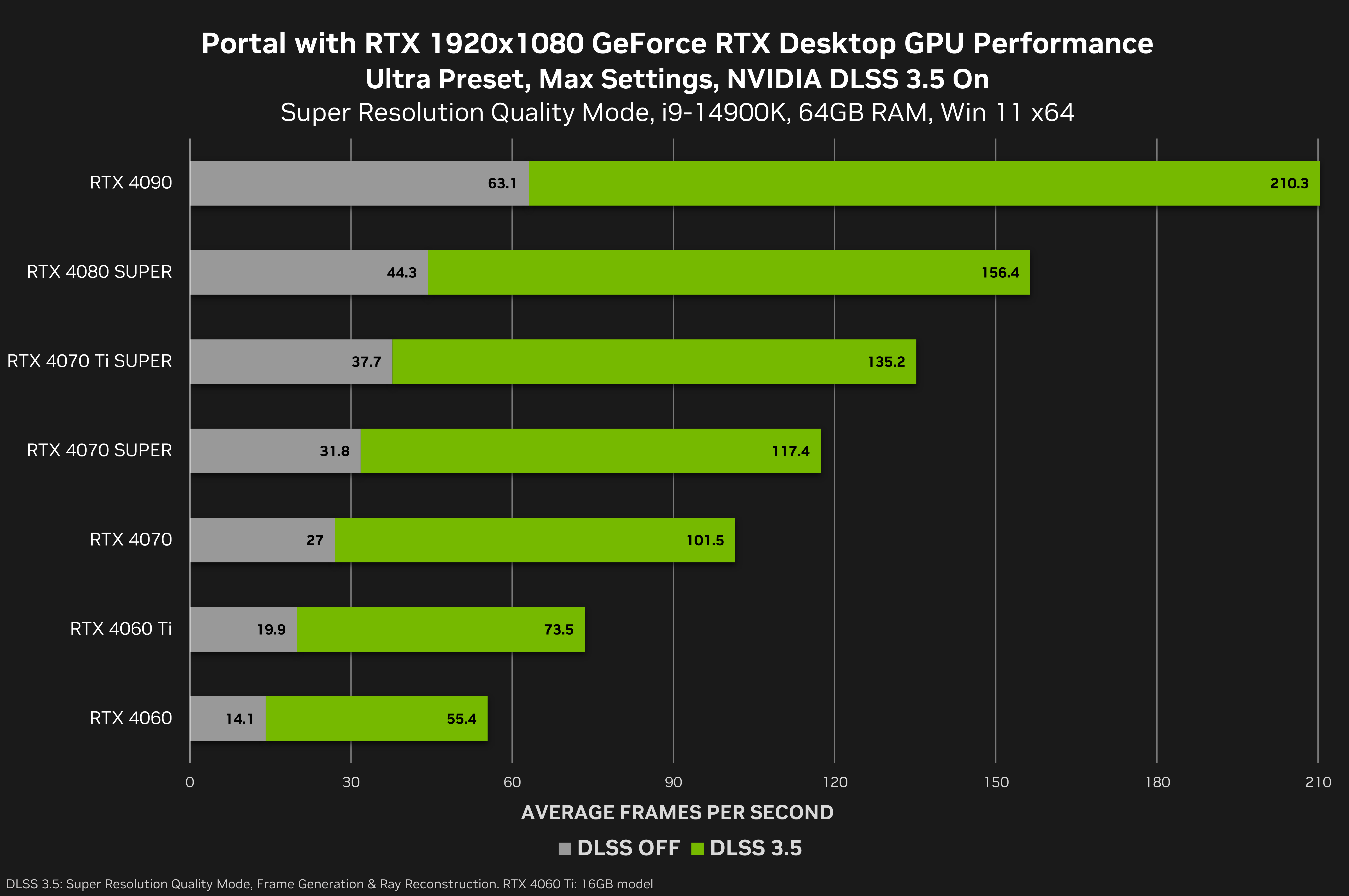
NVIDIA Introduces DLSS 3.5 with Ray Reconstruction Technology
AI-powered Ray Reconstruction brings enhanced visual quality

Key Points
- New Ray Reconstruction technology
- Up to 50% better ray tracing quality
- Wide hardware support
- Multiple launch titles
Revolutionary Ray Tracing Enhancement
NVIDIA has announced DLSS 3.5, featuring new Ray Reconstruction technology that promises to dramatically improve ray-traced image quality across supported games. This update represents a significant advancement in NVIDIA's AI-powered graphics technology.

Key Features
DLSS 3.5 introduces several major improvements:
- AI-powered Ray Reconstruction for enhanced ray tracing quality
- Reduced noise in ray-traced reflections and global illumination
- Improved temporal stability in moving scenes
- Better preservation of fine detail in ray-traced effects
Technical Details
The new Ray Reconstruction technology uses a dedicated AI network trained on 5 million images to:
- Analyze ray-traced scenes in real-time
- Identify and reduce noise patterns
- Reconstruct missing information from sparse ray traces
- Maintain consistent quality across moving frames

Game Support
Launch titles supporting DLSS 3.5 include:
- Cyberpunk 2077
- Portal with RTX
- Alan Wake 2
- More titles coming in early 2024
Performance Impact
NVIDIA claims DLSS 3.5 provides:
- Up to 50% better ray tracing quality
- Minimal performance overhead compared to DLSS 3.0
- Improved stability in motion
- Better image quality in challenging lighting scenarios
Hardware Requirements
DLSS 3.5 Ray Reconstruction is supported on:
- All RTX 20 Series GPUs
- All RTX 30 Series GPUs
- All RTX 40 Series GPUs
Developer Integration
NVIDIA has streamlined the integration process for developers:
- Available through NVIDIA SDKs
- Compatible with existing DLSS implementations
- Minimal additional development overhead
- Comprehensive documentation and support
Future Implications
This technology represents a significant step forward in real-time ray tracing, potentially influencing:
- Future game development practices
- Graphics quality standards
- Hardware requirements for next-gen games
- Competition in the GPU market
Related Articles
Stay Updated
Get the latest GPU news and reviews directly in your inbox.

